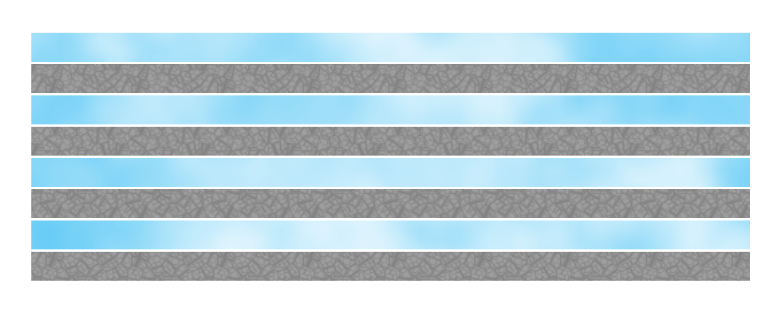How bulletproof glass works

How layers of plastic make this glass resistant to bullets
In the early 20th century, French chemist Édouard Bénédictus sandwiched celluloid between sheets of glass to create an early form of laminated safety glass. Bulletproof glass is based on an extension of the same principle: using multiple layers of glass and plastic to absorb the impact of bullets. These protective panes are typically made with a plastic called polyvinyl butyral (PVB). Sheets of PVB, just a few millimetres thick, are sandwiched between each layer of glass. The layers are heated to melt the plastic layers so that they bond to the glass and strengthen it. Some panes may be as much as ten centimetres thick, but the number of layers used will vary depending on the glass’ intended purpose. Normal glass shatters on impact as it is unable to bend in order to absorb a bullet’s energy, so the ammo continues hurtling along the line of fire without much loss of momentum. But if you have seen a cartoon where bullets are being fired at an indestructible piece of glass and bullets are bouncing back – that’s not how it works. The bullets will still fracture the glass and pass into it, but as each layer of glass shatters it remains held together by the plastic. The kinetic energy of the bullet is spread out across the layers and quickly absorbed, stopping the shot in its tracks.
For more information about science and technology, visit our website now. If you have a tablet or smartphone, you can also download the latest digital version onto your iOS or Android device. To make sure you never miss an issue of How It Works magazine, subscribe today!
Other articles you might like:
Bulletproof ice
What substance can help make you bulletproof?
Kevlar: Why is it so good at stopping bullets?





